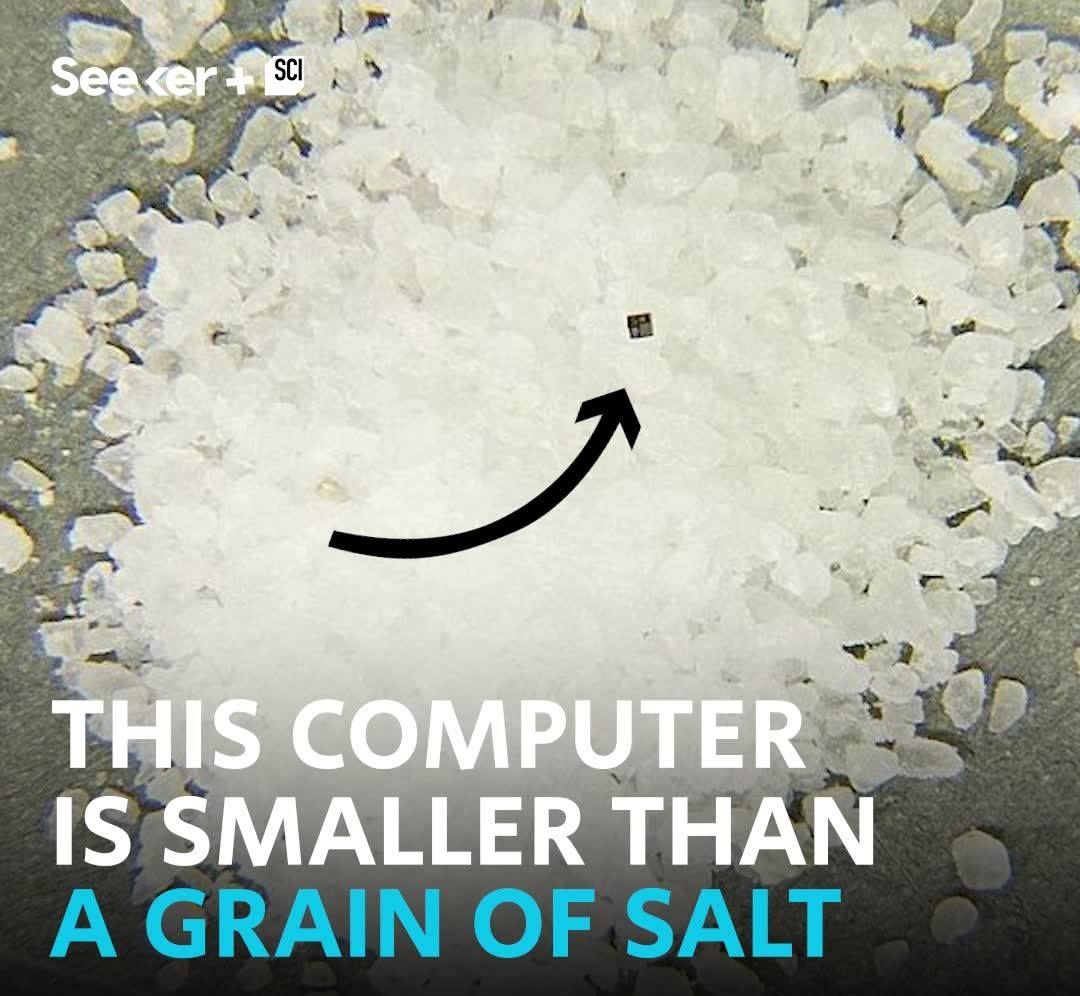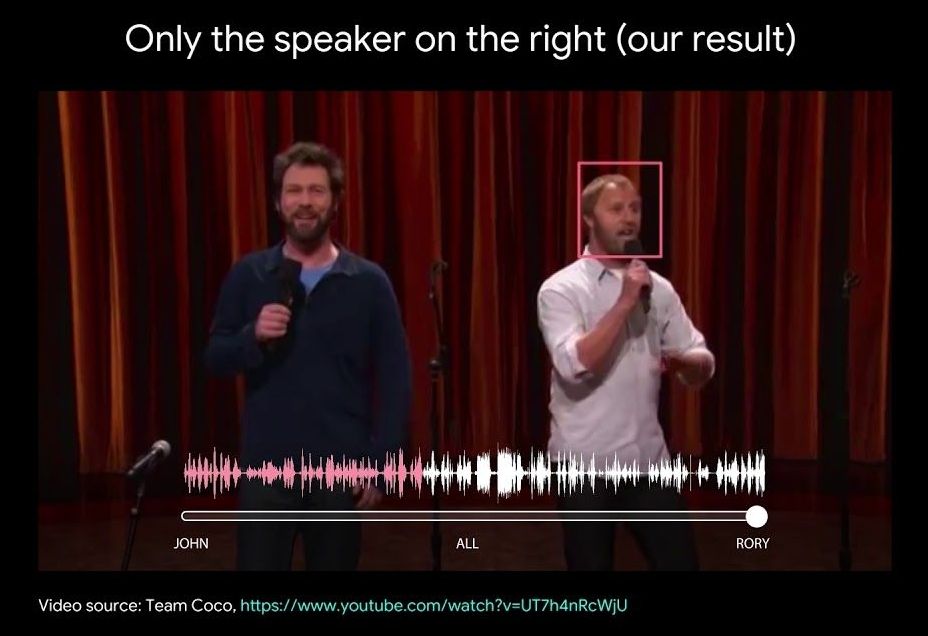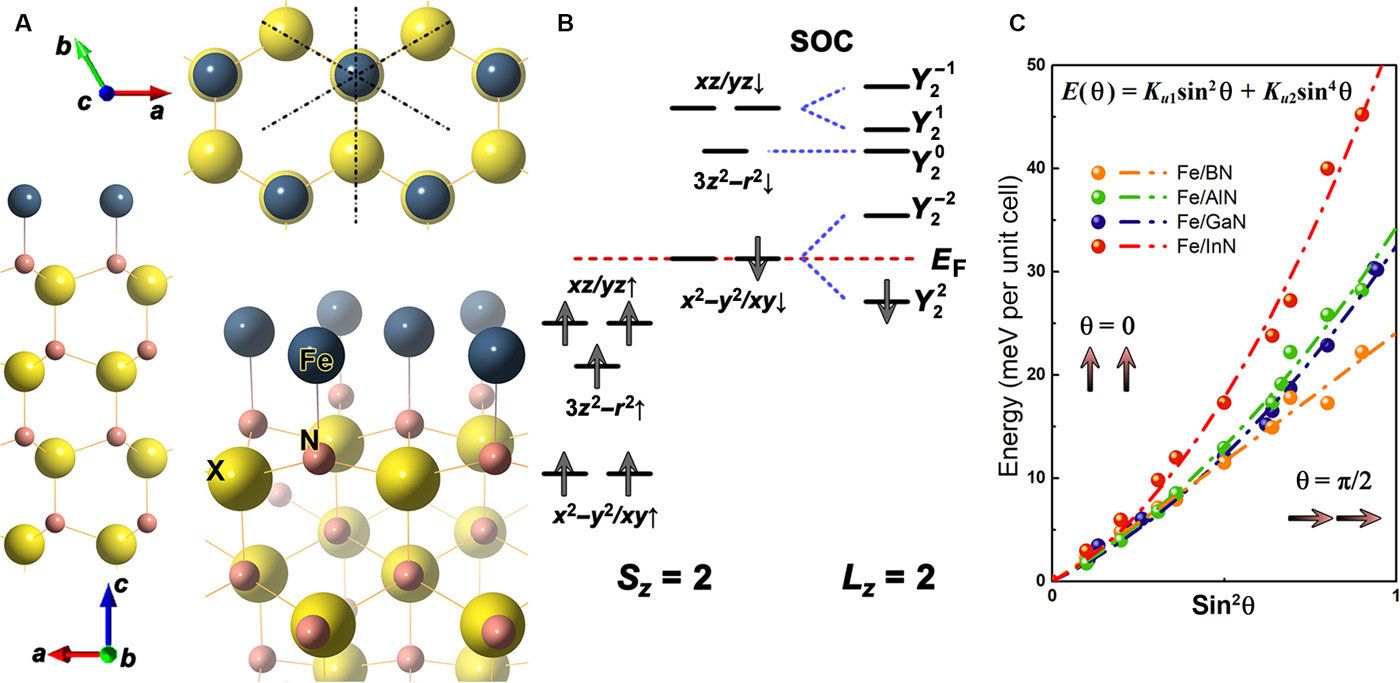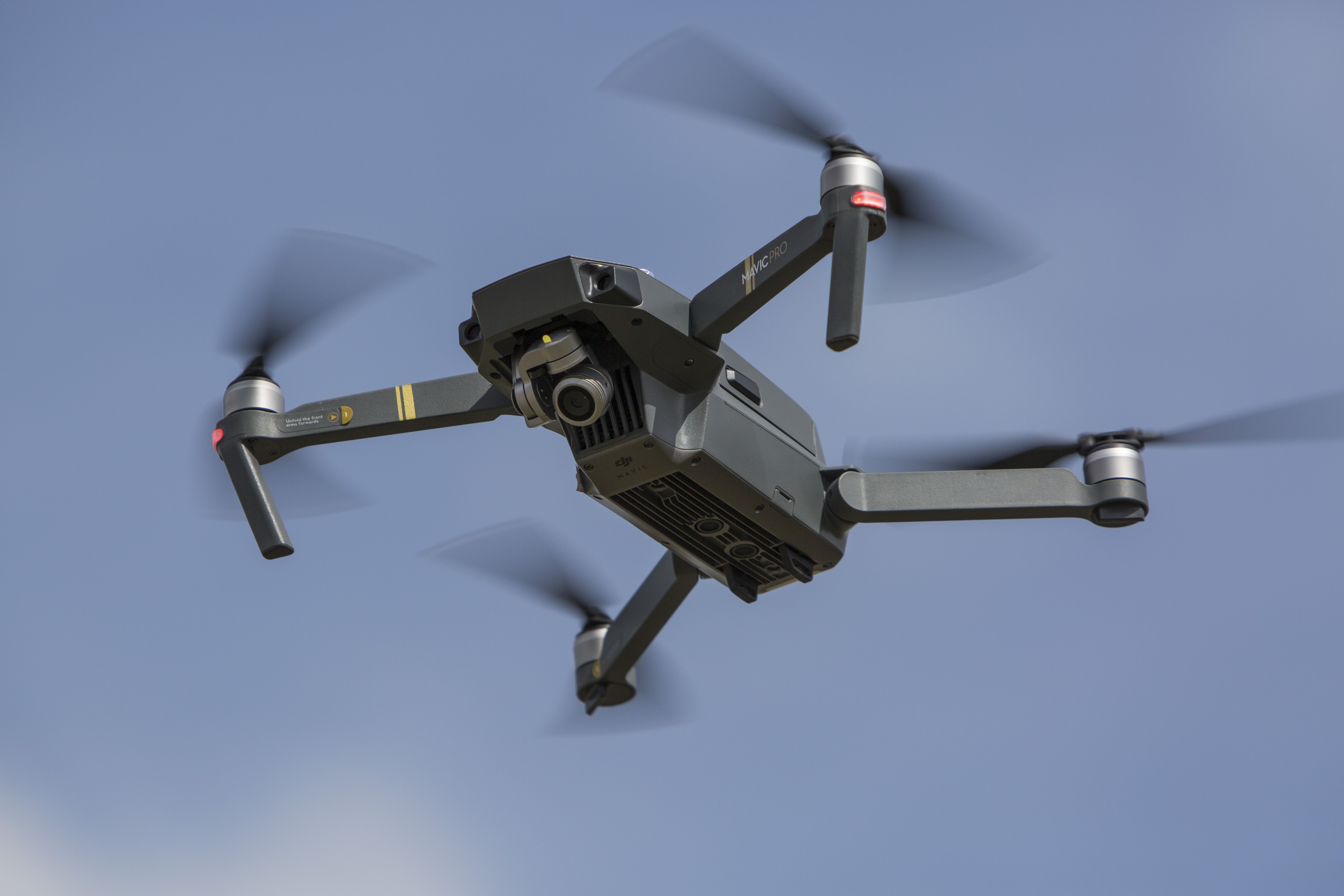Page 10174
Apr 13, 2018
The World’s Tiniest Computer Is Smaller Than A Grain Of Salt
Posted by Shane Hinshaw in category: computing

Take a microscopic look at the world’s tiniest computer, which is smaller than a grain of salt. (via Seeker)
Apr 13, 2018
Non-profit’s $300 hepatitis C cure as effective as $84,000 alternative
Posted by Bill Kemp in category: biotech/medical
Exclusive: 71 million people stand to benefit from reduced price treatment for virus which can lead to liver cirrhosis, cancer and death.
Thu 12 Apr 2018 01.00 EDT Last modified on Thu 12 Apr 2018 19.55 EDT.
Continue reading “Non-profit’s $300 hepatitis C cure as effective as $84,000 alternative” »
Apr 13, 2018
Researchers find combination for small data storage and tinier computers
Posted by Bill Kemp in categories: computing, materials
It may sound like a futuristic device out of a spy novel, a computer the size of a pinhead, but according to new research from the University of New Hampshire, it might be a reality sooner than once thought. Researchers have discovered that using an easily made combination of materials might be the way to offer a more stable environment for smaller and safer data storage, ultimately leading to miniature computers.
“We’re really optimistic about the possibilities,” said Jiadong Zang, assistant professor of physics. “There is a push in the computer industry toward smaller and more powerful storage, yet current combinations of materials can create volatile situations, where data can be lost once the device is turned off. Our research points to this new combination as a much safer option. We’re excited that our findings might have the potential to change the landscape of information technology.”
In their study, recently published in the journal Science Advances, the researchers outline their proposed combination which would allow for a more stable perpendicular anisotropic energy (PMA), the key driving component in a computer’s RAM (random-access memory) or data storage. The material would be made up of ultrathin films, known as Fe monolayers, grown on top of non-magnetic substances, in this case X nitride substrate, where X could be boron, gallium, aluminum or indium. According to the research, this combination showed anisotropic energy would increase by fifty times, from 1 meV to 50 meV, allowing for larger amounts of data to be stored in smaller environments. There is a provisional patent pending which has been filed by UNHInnovation, which advocates for, manages, and promotes UNH’s intellectual property.
Apr 13, 2018
Using an algorithm to reduce energy bills—rain or shine
Posted by Bill Kemp in categories: information science, robotics/AI, solar power, sustainability
Researchers proposed implementing the residential energy scheduling algorithm by training three action dependent heuristic dynamic programming (ADHDP) networks, each one based on a weather type of sunny, partly cloudy, or cloudy. ADHDP networks are considered ‘smart,’ as their response can change based on different conditions.
“In the future, we expect to have various types of power supplies to every household including the grid, windmills, solar panels and biogenerators. The issues here are the varying nature of these power sources, which do not generate electricity at a stable rate,” said Derong Liu, a professor with the School of Automation at the Guangdong University of Technology in China and an author on the paper. “For example, power generated from windmills and solar panels depends on the weather, and they vary a lot compared to the more stable power supplied by the grid. In order to improve these power sources, we need much smarter algorithms in managing/scheduling them.”
The details were published on the January 10th issue of IEEE/CAA Journal of Automatica Sinica, a joint bimonthly publication of the IEEE and the Chinese Association of Automation.
Apr 13, 2018
Looking to Listen: Audio-Visual Speech Separation
Posted by Klaus Baldauf in categories: biotech/medical, information science, robotics/AI

People are remarkably good at focusing their attention on a particular person in a noisy environment, mentally “muting” all other voices and sounds. Known as the cocktail party effect, this capability comes natural to us humans. However, automatic speech separation — separating an audio signal into its individual speech sources — while a well-studied problem, remains a significant challenge for computers.
In “Looking to Listen at the Cocktail Party”, we present a deep learning audio-visual model for isolating a single speech signal from a mixture of sounds such as other voices and background noise. In this work, we are able to computationally produce videos in which speech of specific people is enhanced while all other sounds are suppressed. Our method works on ordinary videos with a single audio track, and all that is required from the user is to select the face of the person in the video they want to hear, or to have such a person be selected algorithmically based on context. We believe this capability can have a wide range of applications, from speech enhancement and recognition in videos, through video conferencing, to improved hearing aids, especially in situations where there are multiple people speaking.
Continue reading “Looking to Listen: Audio-Visual Speech Separation” »
Apr 13, 2018
How to Travel Across the USA on Bitcoin
Posted by Klaus Baldauf in categories: bitcoin, business, cryptocurrencies
James Grand and Thomas Hezlett expected to find the United States filled with Bitcoin, cryptocurrency and blockchain-powered businesses. Instead, they realized that despite a surging price in tokens, the payments system in the wider world has stayed the same.
Apr 13, 2018
Google is Pursuing the Pentagon’s Giant Cloud Contract Quietly, Fearing An Employee Revolt
Posted by Klaus Baldauf in categories: military, robotics/AI
A fierce internal debate may undermine the company’s bid for the JEDI program.
Last August, U.S. Defense Secretary James Mattis made a journey to the West Coast and met with Google founder Sergey Brin and CEO Sundar Pichai. Over a half day of meetings, Google leaders described the company’s multi-year transition to cloud computing and how it was helping them develop into a powerhouse for research and development into artificial intelligence. Brin in particular was eager to showcase how much Google was learning every day about AI and cloud implementation, according to one current and one former senior Defense Department official who spoke on condition of anonymity.
It wasn’t an overt sales pitch, exactly, say the officials. But the effect of the trip, during which Mattis also met representatives from Amazon, was transformative. He went west with deep reservations about a department-wide move to the cloud and returned to Washington, D.C., convinced that the U.S. military had to move much of its data to a commercial cloud provider — not just to manage files, email, and paperwork but to push mission-critical information to front-line operators.
Apr 13, 2018
Announcing The Blockchain $5,000 Essay Prize
Posted by Derick Lee in categories: bitcoin, education, transhumanism
$5,000.00 USD will be awarded to the winner. $1,000.000 USD will be awarded to three runner-up papers, one of which could be the final winner.
About the Prize:
Humanity+, a 501©3 non-profit educational organization is sponsoring the Blockchain essay prize for papers that cover the topic of “Mutual Benefits of Blockchain and Transhumanism”.
Continue reading “Announcing The Blockchain $5,000 Essay Prize” »
Apr 12, 2018
How Lyft, Mastercard, and Drone Companies Are Experimenting With Artificial Intelligence
Posted by Genevieve Klien in categories: business, drones, robotics/AI
Lyft, Mastercard, and drone companies are experimenting with artificial intelligence technologies to improve their businesses.















